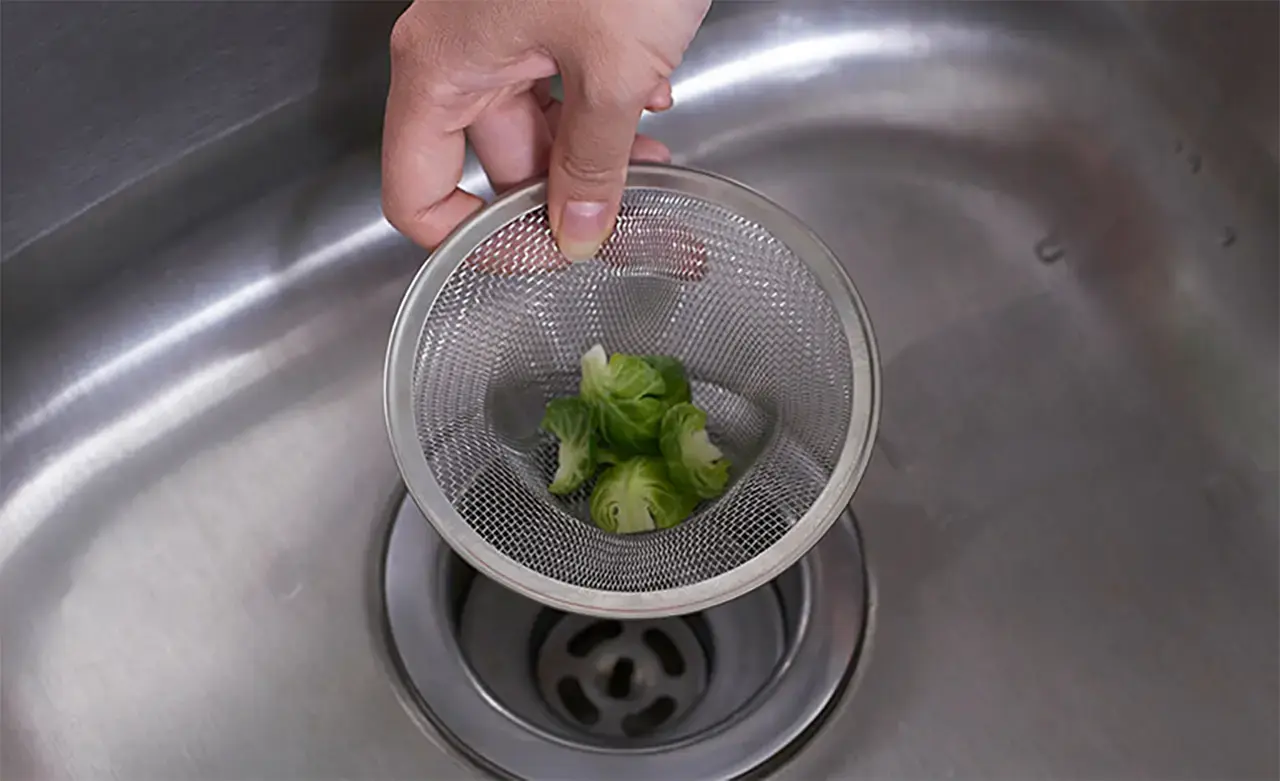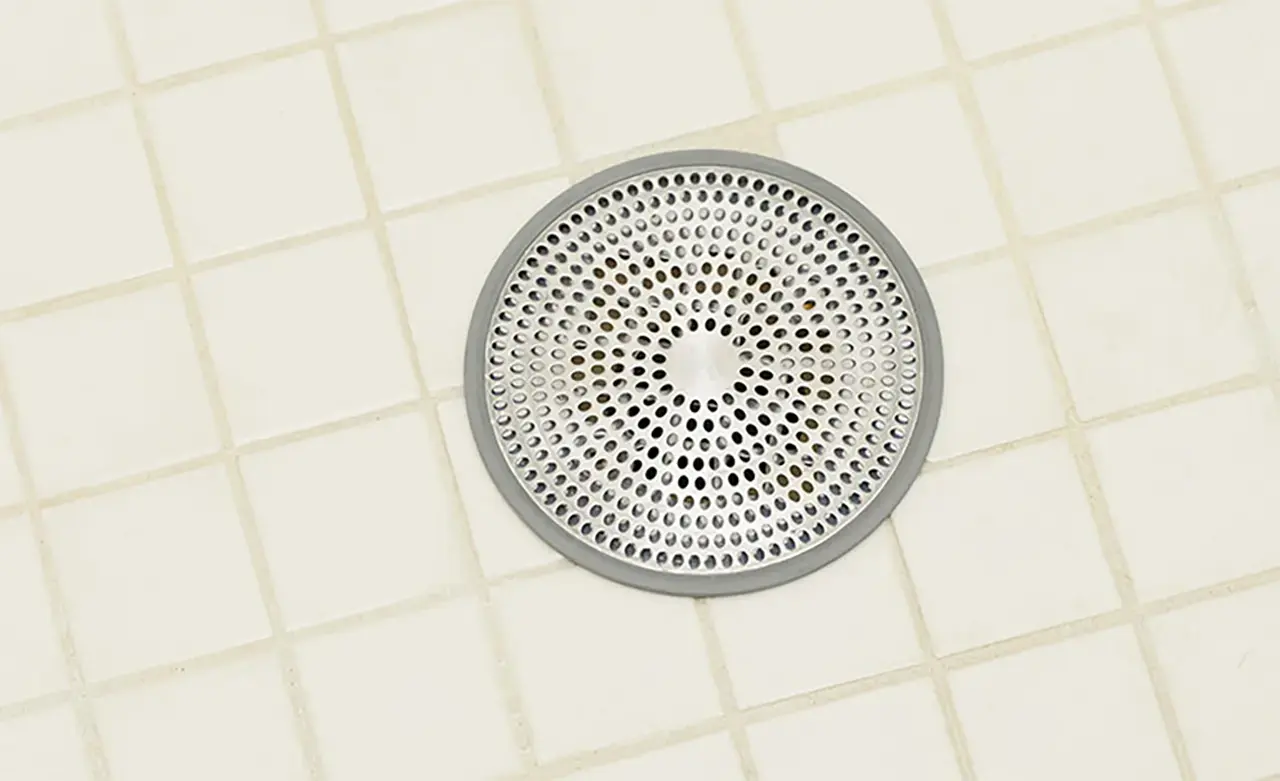13 Ways You Can Prevent Clogged Drains
You take pride in keeping your home in good working order, and the last thing you want to do is call a plumber if you have a clog to take care of. Just follow these 13 smart tips to prevent clogs and you’ll succeed at keeping your drains flowing freely, all on your own.
For sinks without disposals
1. If you don’t have a garbage disposal, avoid letting food scraps go down the drain. Use a drain strainer in your kitchen sink to help keep the food out.

2. Don’t pour grease or oil down your sink drain. Instead, pour grease into a sealable container and then throw the sealed container in the garbage. Otherwise, grease can stick to the inside of your pipes and lead to a clogged kitchen sink.
3. Pour a kettle of hot water down your kitchen sink drain once a week to melt away any fat or grease that may have collected inside your pipes. Be sure to pour the water slowly to avoid any splashing.
4. In case of clogs, use Drano® Kitchen Granules Clog Remover (for sinks without a garbage disposal) to help your kitchen sink drain flow smoothly. It creates heat inside your drain to melt and dislodge greasy clogs.
For sinks with disposals
5. Avoid putting certain types of food in your garbage disposal. The most common troublemakers include banana peels, coffee grounds, eggshells and potato skins. These types of food are thick and/or sticky, so they don’t grind well in disposals.
6. Always run a steady stream of cold faucet water while you’re using your garbage disposal. The flow of water will carry waste material fully through the drainage system.
7. Clogs happen but Drano® Max Gel Clog Remover (for sinks with a disposal) helps clear the clog by cutting through standing water and attacking clogs directly at the source. Or if your drain is smelly, use Drano® Dual-Force® Foamer Clog Remover, which gets rid of drain odours.
In the bathroom
8. In your bathroom sink and tub, clean drain stoppers on a regular basis. Hair, soap scum and other gunk can collect on the stoppers and slow down the drainage or cause completely clogged tub drains.
9. Never flush any paper products other than toilet paper down the toilet. Excess paper can clog the toilet and/or the whole sewer system.
General tips
10. It’s a good idea to have some Drano® Max Gel Clog Remover, so if you do get a clog, you’re prepared. Also, use Drano® Max Build-Up Remover in each of your drains on a monthly basis. It's made from enzymes that remove gunk that can lead to a clog. Getting into the habit of preventing clogged drains is an effective way to stop them from occurring!
11. Consider using drain screens on all your drains. These items fit over drain openings to help prevent food, hair, soap scum and other gunk from entering your drain in the first place. You can find drain screens at hardware or bath stores.

12. Never dump paint or paint thinner down your drains!
13. If you have your own septic tank, have a professional inspect it every 2-3 years. Some regions require septic tank inspection on a regular basis. Check with your local health board about the rules in your community. Also, make sure you remember to have your tank pumped by professionals on a regular basis. To prevent backups, add Drano® Max Build-Up Remover to your monthly routine. One flush once a month can help prevent septic backups!
Related

5 Ways to Prevent Hair from Clogging Shower Drains
Let’s face it. Your hair can cause some pretty hairy problems (see what we did there?). So what can you do to stop shower clogs in the first place? Well, rather than deciding that bald is your new “look,” here are 5 great ways to prevent hairballs from being your downfall.

How to Unclog Your Kitchen Sink in 3 Steps
One minute you’re cooking a nice meal, and the next thing you know, you’re staring at a sink-full of water and you need to call the plumber and the pizza-delivery guy. But not anymore. It’s time to say “never again” to kitchen sink clogs. You got this! Unclogging your kitchen sink is as easy as 1-2-3.


